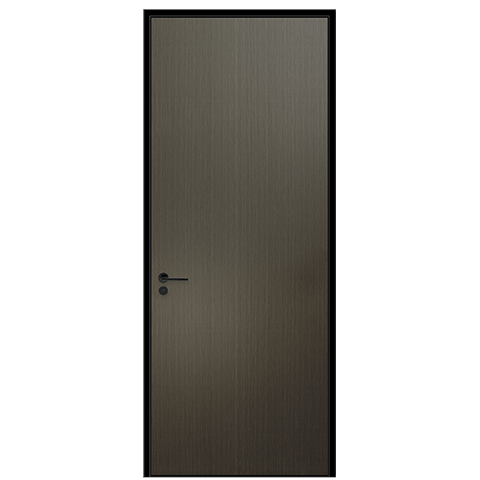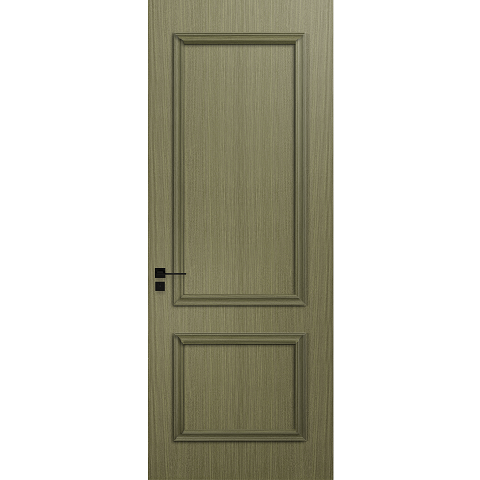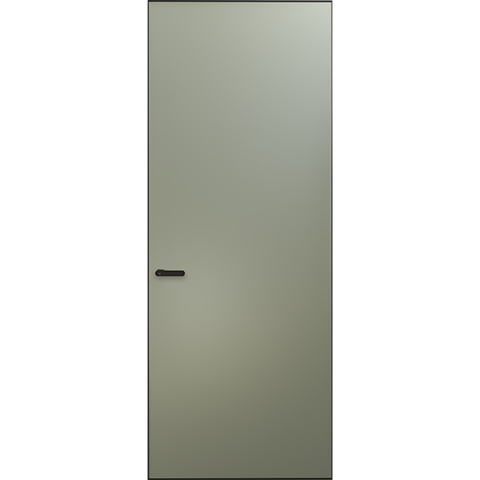Cost Comparison between UPVC Profile and Traditional Profiles
UPVC (Unplasticized Polyvinyl Chloride) profile is becoming an increasingly popular choice for doors and windows in modern architecture due to its energy efficiency, durability, and low maintenance requirements. However, some may argue that UPVC profiles are more expensive compared to traditional profiles made of wood or aluminum. In this article, we will explore the cost comparison between UPVC profile and traditional profiles to provide a better understanding of the economic benefits of UPVC profile.
Production Cost
The production cost of UPVC profile is generally higher than that of traditional profiles. UPVC profile is manufactured using a special extrusion process that involves heating and molding PVC materials into the desired shape. The raw material cost of UPVC is also higher than wood or aluminum, but the extrusion process allows for more efficient use of material, resulting in less waste. Additionally, the energy consumption in the production process is also higher compared to wood or aluminum due to the need for heating.
However, it is important to note that UPVC profiles have a longer lifespan and require less maintenance compared to traditional profiles, resulting in long-term cost savings.
Installation Cost
The installation cost of UPVC profile is generally lower compared to traditional profiles. This is due to the lightweight and easy-to-install nature of UPVC profiles. They can be easily transported and installed by a smaller team of workers, resulting in reduced labor costs. Additionally, the extrusion process allows for greater precision and accuracy in the manufacturing of UPVC profiles, resulting in easier and more efficient installation.
Maintenance Cost
UPVC profiles have a much lower maintenance cost compared to traditional profiles. Wood profiles require regular painting or staining to maintain their appearance and protect against weathering. Aluminum profiles require periodic maintenance to prevent corrosion. On the other hand, UPVC profiles require little to no maintenance, only requiring occasional cleaning to maintain their appearance.
Energy Efficiency
UPVC profiles are more energy efficient compared to traditional profiles. They have excellent insulation properties, which helps to reduce heat loss during the winter and heat gain during the summer. This results in lower energy bills and a more comfortable living environment. Traditional profiles, particularly aluminum profiles, have poor insulation properties and are not as effective in reducing heat loss or gain.
Environmental Impact
UPVC profiles have a lower environmental impact compared to traditional profiles. UPVC is a recyclable material, and the manufacturing process generates less waste compared to wood or aluminum profiles. Additionally, the long lifespan and low maintenance requirements of UPVC profiles result in less waste and a smaller carbon footprint over time.
Conclusion
In conclusion, although the production cost of UPVC profiles is generally higher compared to traditional profiles, their long lifespan, low maintenance requirements, and energy efficiency result in significant cost savings in the long run. The installation cost is also lower, and the environmental impact is smaller compared to traditional profiles. UPVC profiles are a worthwhile investment for those looking to save on long-term costs while also benefiting from a more energy-efficient and environmentally friendly solution.
 Hot Recommendation
Hot Recommendation
 Latest Products
Latest Products



